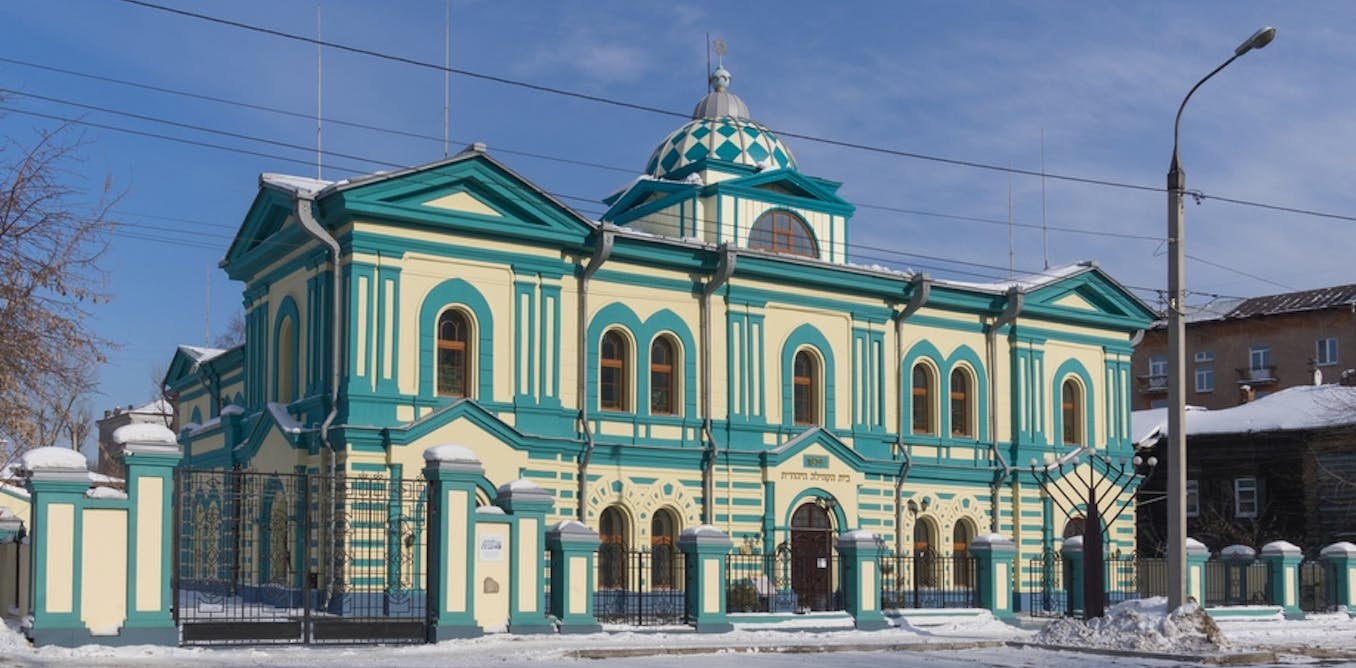Sadly, antisemitism has a long and painful history in Russia. The expansion of Muscovy – a name given to combine the Grand Duchy of Moscow (1263-1547) and the Tsardom of Russia (1547-1721) – to the east and west, culminating in the pronouncement of the Russian empire in 1721, saw Russia incorporate a large Jewish population.
The partitions of Poland between 1772 and 1795 and victory over the Ottomans in the 17th century gave Russia a large Jewish minority. The
Pale of Settlement, an area where Jews were forced to live, was created in 1791 to keep most Jews in the newly annexed territories and away from
inner Russia.
Throughout the period of the Russian empire (1721-1917) the Jewish population experienced
numerous pogroms (organised massacres). In the late Tsarist period (1905-1917), famine and state support of nationalist groups, such as the
Black Hundredsresulted in the need to locate an “enemy” to blame for Russia’s woes. The Jews served this purpose and pogroms, like the one in
Kishinev in 1903 (present day Chișinău, capital of Moldova) were widespread across the empire.
The Tsarist regime was imbued with a
deep antisemitism, epitomised by the
deep fake publication
the Elders of Zion. This document was created by the Tsarist secret police – Okhrana – to justify this antisemitism and create the conspiracy that the Jews were trying to
control the world.
This antisemitism continued into the Soviet Union, which was anything but the egalitarian society it claimed to be. Jewish schools and
cultural institutions were closed, Jewish leaders
murdered and antisemitic plots were created by the Soviet system to justify crackdowns. The 1953
doctors plot, where Jewish doctors were accused of murdering Stalin is the most famous example of these fake creations.
This persecution, combined with Israel being a key ally of the US in the cold war, put Jews in a difficult position. Facing discrimination at school and in the
workplace many Russian Jews chose to leave the Soviet Union. This led to the term
refusenik, where many Soviet Jews had “refused” stamped in their visa applications.
Claims circulated that Soviet Jews were a fifth column, a set of organisations aiming to undermine the national interest, and in cahoots with the US. This led to
further persecution, more Soviet Jews fleeing and further accusations.
Soviet similarities
While Russia is not the Soviet Union, the Putinist system is increasingly
reactionary and autocratic – some would say
fascist. Autocracies generally need an enemy to put the public on their side and show that they are fighting instability and protecting the population.
The phrase came up recently, during a state-sponsored rally in the Luzhniki Stadium in Moscow in March 2022, when Putin spoke about a
fifth column and national traitors. Authoritarian leaders often like to cite an internal enemy as well as an external enemy.
The fear of Russian history repeating itself doesn’t go away. Past and present Russian regimes have always
blamed Jews for their problems. Many Russian Jews are not waiting around to find out if Russia is about to take this dark path, again.
The Ukraine war has prompted thousands of Russian Jews to flee the country, an expert investigates why.

theconversation.com

